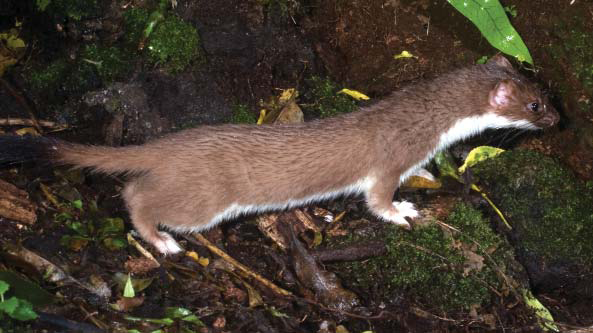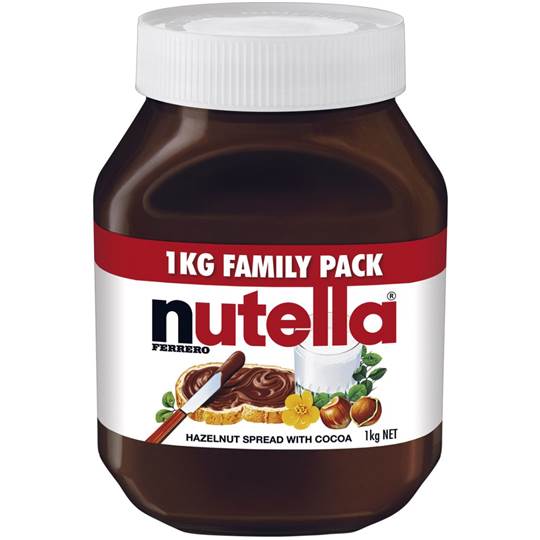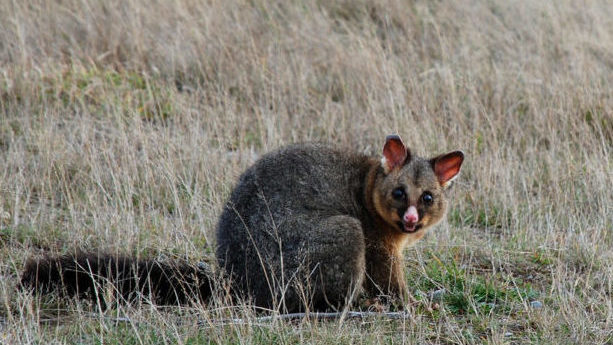Peanut butter has long been used as a bait for rat traps. Possums have a fondness for the scent of cinnamon. But are they the all-time favourite foods of rats and possums? Researchers at Victoria University of Wellington used chew cards to check out what really tickles the tastebuds of two of our more common urban pest species. Home trappers might like to give these food lures a go too…

Many tests of trap lures are done with laboratory animals, but in this project the researchers compared food-based products on free-ranging, wild rats and possums. They assessed the chew card results for attractiveness and consumption and found that wild rats preferred cheese, milk chocolate, Nutella and walnut to the peanut butter standard. Possums statistically preferred apricot and almond to cinnamon.

[Important note: non-target species including kaka and kea also enjoy apricots and almonds, but cinnamon is a deterrent to them. While this research paper shows what is favoured by possums, some of these foods may not be suitable for baits if non-target species are also attracted. Cinnamon is a safer option.]
The research is about more than whether you should bait your trap with peanut butter or nutella (or whether the government should invest in milk chocolate rather than 1080). The study also looked at the nutritive values of the foods that the rats and possums preferred and found that the nutritive driver for rats was energy – particularly from fats.
Possums, on the other hand were looking for protein – the most important determinant of consumption in their chew card results. Thus the research results suggest ways to not only attract rats and possums more successfully (useful for home kill traps), but also how to get them to consume more bait and so make poisoning operations more successful.
“Our results demonstrate that current standard lures for both species could be more attractive whilst the inclusion of fat to rat baits and protein to possum baits could increase bait consumption and improve control operation outcomes. Further, our bioassay provides practitioners a cost effective and rapid methodology to systematically assess large numbers of food products on free-ranging, wild animals thus providing more realistic results than those obtained under pen or laboratory conditions.”
The full report is published in the Journal of Pest Science. The abstract is freely available and the full article can be purchased.
Grant Morriss and Bruce Warburton from Landcare Research, Lincoln have recently published research on a modification to the Victor rat trap which will be of interest to community trapping groups. The modification makes the trap more humane and compliant with New Zealand’s Animal Welfare Code – ensuring that it rendered 10/10 victims irreversibly unconscious within a maximum of 3 minutes for both rats and stoats.
“The Victor® Easy Set® rat trap was tested and passed a similar standard for killing short-tailed weasels in Canada but failed for stoats when tested in New Zealand in 2002 (short-tailed weasels and stoats are the same species). We tested a modified version of the trap in 2011–12, modified by changing the treadle trigger to a pull trigger and adding a plastic shroud to direct and align approach by animals to the front of the trap. These traps, in vertical and horizontal sets, were tested with both stoats and ship rats… The modified trap passed with both species in both trap sets. All stoats were struck across the cranium whereas rats were struck either on the cranium or neck.”

Some other aspects of the modification to bear in mind:
“For the modified trap design it will be necessary to use a liquid or paste lure that can be soaked into or smeared onto the felt trigger. This will ensure the bite of the target animals on the trigger is consistent. The lure used in the pen trials was fresh rabbit blood, which has a limited field life depending on ambient temperature. In winter fresh blood may remain attractive for up to a week whereas in warmer months it is likely to last only 2 or 3 days at best. Work is required to develop a synthetic lure that can be incorporated into a slow-release material to replace the felt and provide a long-life attractant.”
According to the researchers, having vertical and horizontal settling options will minimize the risk to non-target species especially threatened indigenous kiwi and weka, but they point out that their initial trials have only tested the killing and welfare performance of the traps.
“Field trials are now required to test their capture efficiency and compare these traps with the more expensive alternatives.”
They conclude: “We recommend this trap design for use by community conservation groups for targeting stoats and ship rats in New Zealand.”
The full article is freely available and includes photographs of the trap modification tested:

